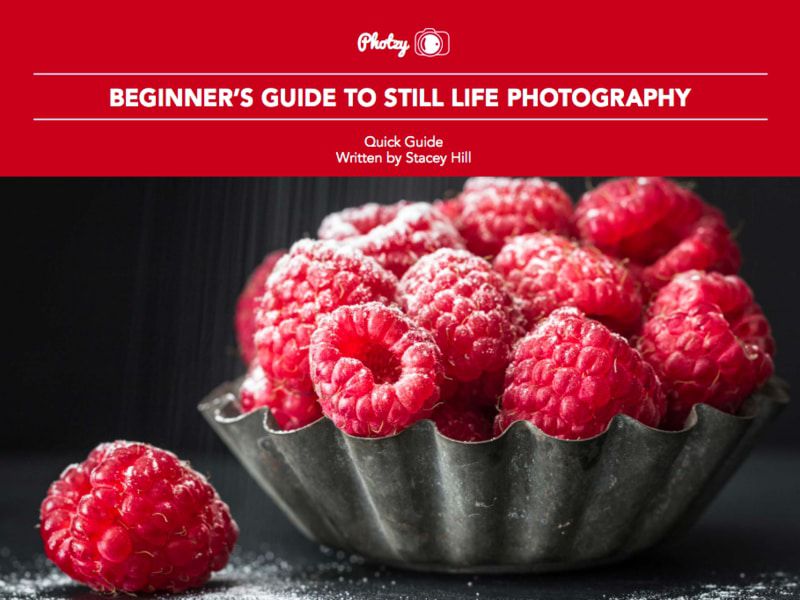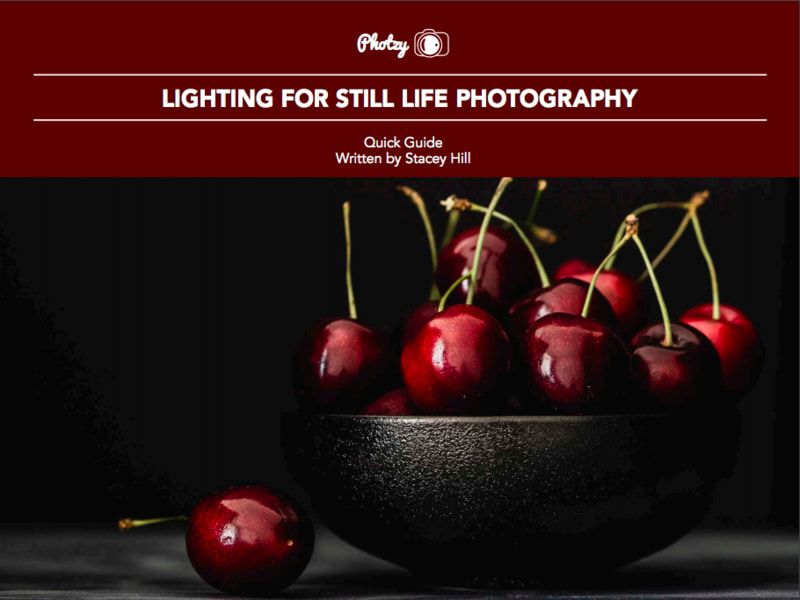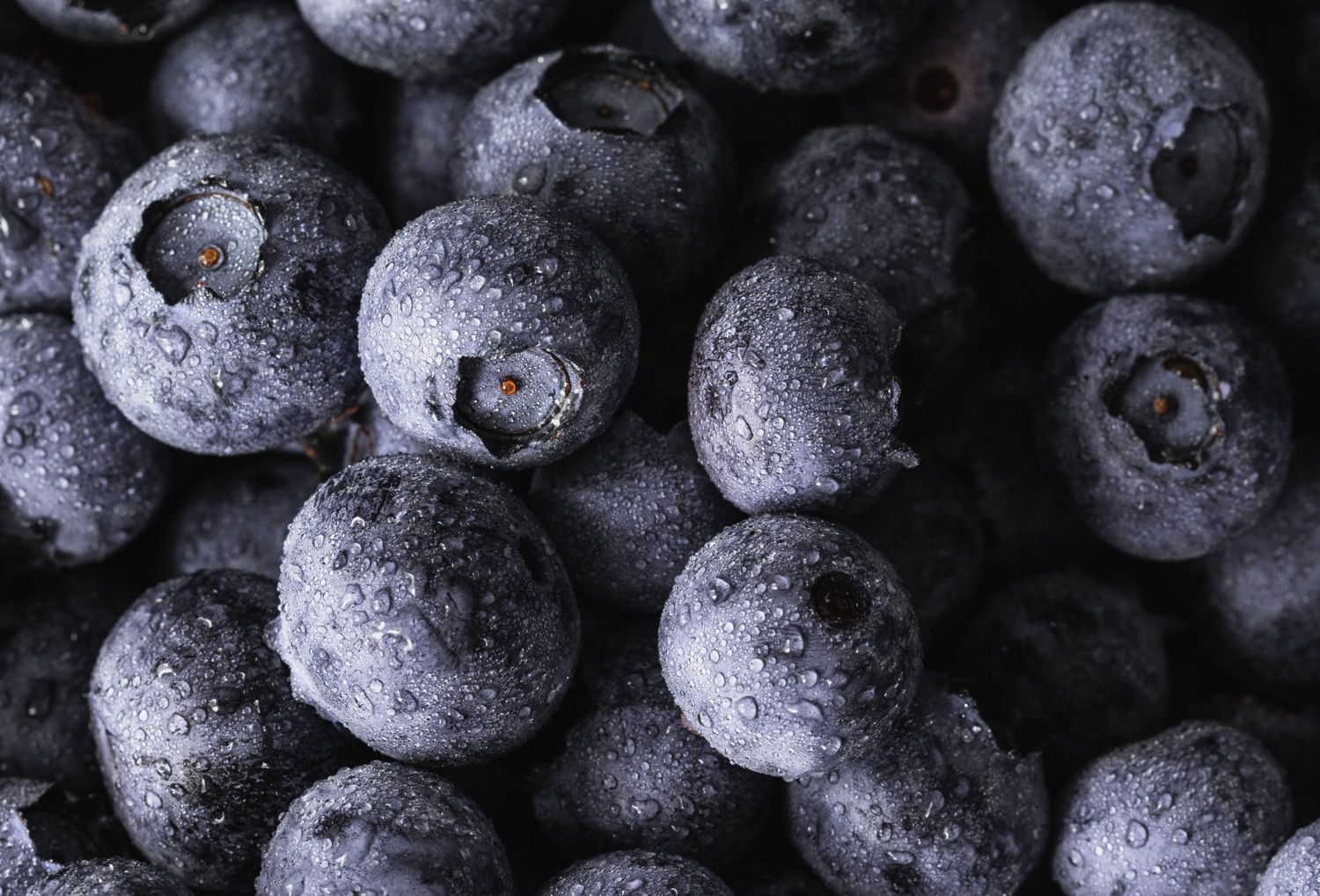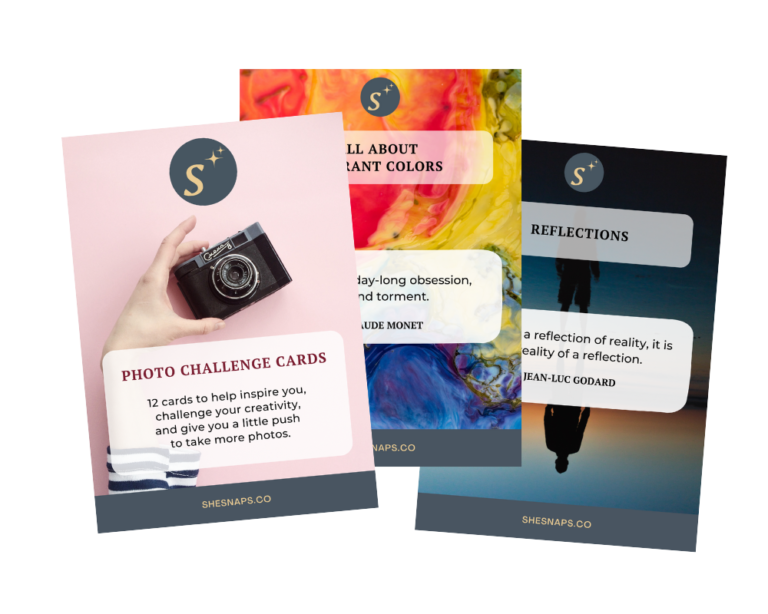Still life photography involves capturing inanimate objects and can include everything from flowers and food, to everyday household items or collections of objects. It’s a genre that allows for endless creativity and the opportunity to capture the beauty and simplicity of everyday objects.
One of the best things about ‘still life’ is that it can be done anywhere, any time. You don’t need to go out and find a specific location or subject in the field – you can simply set up your own still life scene in your own home! It’s a great way to practice your photography skills and experiment with different compositions and lighting setups, and use other techniques to highlight certain elements and create your desired mood. It’s like learning and ‘building the blocks’ of your own composition.
Whether you’re a beginner photographer looking to try something new or an experienced photographer looking for a new challenge, still life photography is a great genre to explore. So here are three guides that cover some still life photography techniques that you can try. It’s time to see what beautiful and creative images you can create!
Here are 3 Guides that will help you on your still life photography journey…
1. Beginner’s Guide to Still Photography

Delving into Still Life Photography can be exciting and somewhat overwhelming when you start to choose the elements for your shoot. Moods can affect your concepts, props, backgrounds and most importantly, lighting. You are essentially curating a photograph from scratch, just the way you envision it in your mind. The point of view and overall composition of a shoot all comes down to your imagination and creative take. To get a better handle on where to start, read this free guide. Download now →
2. Lighting For Still Life Photography

What do photographers know? We know that light is what truly matters when it comes to photography. Light is the basic building block for everything that we do with our cameras. This free guide is part of a three-part series in how to create stunning still life photography. It will teach you how to “light” a still life photograph by using simple, uncomplicated techniques, and inexpensive gear (that you likely already have). Ready to give it a go? Download this quick and informative guide now. Download now →
3. Post-Processing for Still Life Photography

When it comes to still life photography, the recommendation is that you shoot in camera RAW, as the image file retains much more data and allows more latitude for your editing. In this guide, author Stacey Hill details the stages of post-processing a still life photograph. Starting with basic standard edits such as adjusting exposure, contrast, color, and cropping the image, to adding presets, applying textures and adding finishing touches. But – just remember that while experimentation and creativity in the editing process is encouraged, you still need to remember the importance of considering the mood or story behind the image and staying within certain boundaries for the aesthetics you want. Check out more in-depth information about post-processing your still life shot. Download now →
